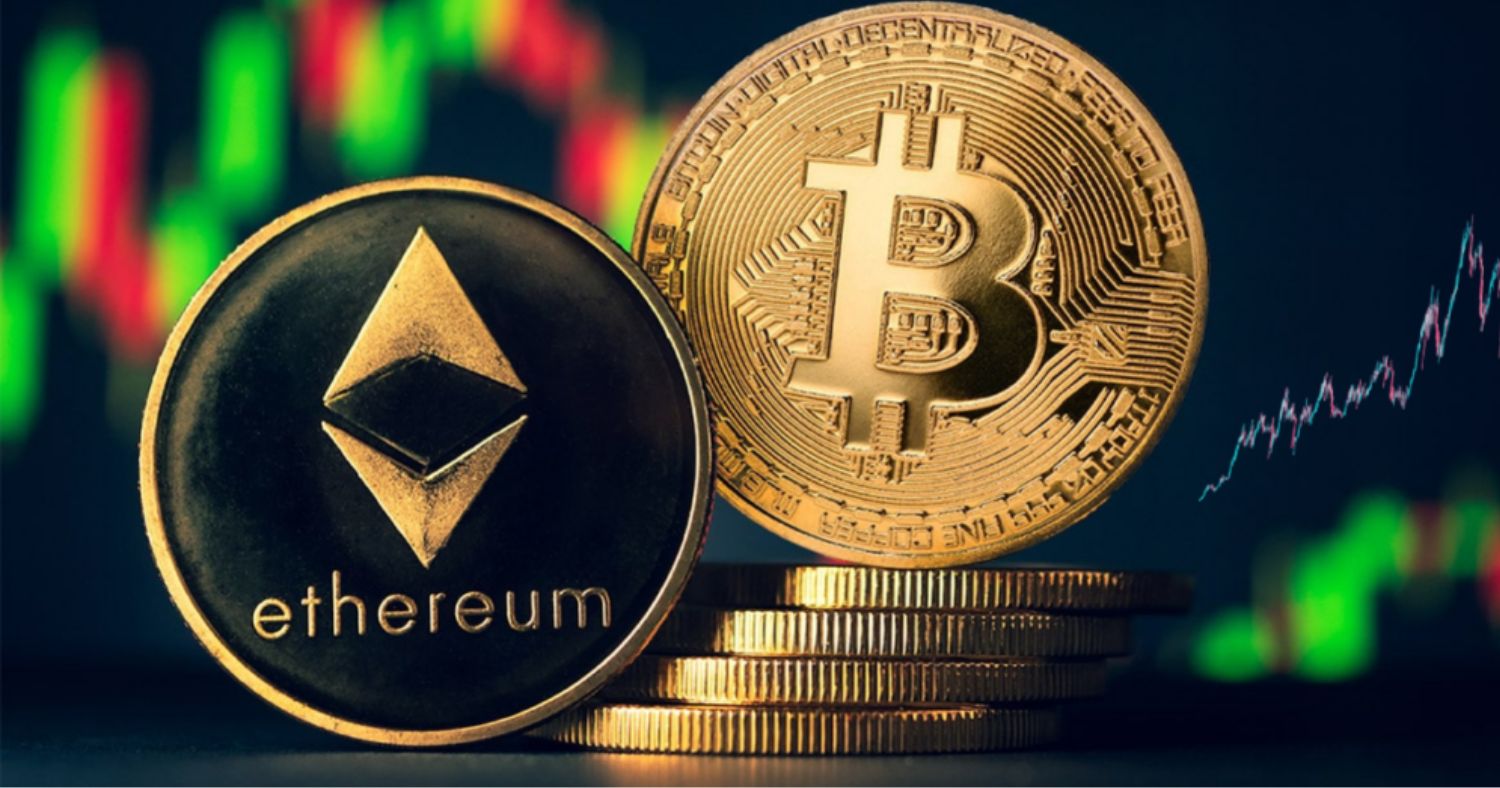A prominent voice in the digital asset space, Steven McClurg, CEO of Canary Capital, has made a striking forecast: Bitcoin (BTC) could soar to $150,000 before the close of this year, setting the stage for a potential bear market in 2026. This optimistic outlook for the world’s leading cryptocurrency arrives amidst a period where crypto markets are consistently testing new record highs, heavily buoyed by a significant influx of institutional capital into exchange-traded funds (ETFs). Bitcoin recently touched a new all-time high of $124.128,00.
McClurg, in a recent interview, highlighted that the probability of Bitcoin reaching the $140.000,00 to $150.000,00 range this year stands at “greater than 50%.” He attributes this robust rally to escalating demand from newly launched spot Bitcoin ETFs and a broadening base of institutional buyers, including powerful entities like sovereign wealth funds, pension funds, and corporate treasuries. “These inflows are creating a higher price in Bitcoin,” he noted.
Ethereum’s Future: A Tale of Two Perspectives
While bullish on Bitcoin, McClurg expressed reservations about Ethereum (ETH), despite its recent significant gains that saw it nearing its own all-time high. He views Ethereum as an “older technology” and believes its recent surge might not be sustainable. Canary Capital, notably, has not filed an ETF application for Ethereum, instead focusing on newer protocols like Solana (SOL) and Sui (SUI), which McClurg believes offer superior speed, lower transaction costs, and enhanced security. He stated, “I do expect it [Ethereum] to wane and not see all-time highs.”
However, this skepticism towards Ethereum is not universally shared. Greg Magadini, Director of Derivatives at Amberdata, offers a contrasting view. Magadini argues that dismissing Ethereum is premature given its entrenched developer ecosystem and powerful network effects. He likened Ethereum to a “platform that enables developers to build apps directly on its infrastructure,” suggesting these effects will only amplify over time. Magadini forecasts that Ethereum could significantly narrow its valuation gap with Bitcoin, predicting an ETH/BTC ratio reaching 7%, which could see Ethereum’s price ranging between $8.000,00 and $10.000,00.
Beyond the Giants: Altcoin Ambitions and Market Rhythms
Canary Capital’s proactive stance in the crypto ETF market extends beyond Bitcoin. The firm has filed applications for ETFs tied to various altcoins, including XRP, Sui, Cronus (CRO), Hedera (HBAR), and even a meme coin on Solana. McClurg also hinted at a potential resurgence for Litecoin (LTC), drawing a comparison to “silver” alongside Bitcoin’s “gold.” He believes Litecoin’s faster processing capabilities for Ordinals—digital assets inscribed on the Bitcoin blockchain—could drive its comeback, positioning it for smaller transactions.
Looking ahead, McClurg also advised investors to consider the crypto market’s inherent seasonality. Historically, August has been a challenging month for risk assets, particularly cryptocurrencies, while September and October often demonstrate strong performance.
Furthermore, a significant volume of Ethereum, approximately 855.158 ETH valued at $3.700.000.000,00 as of last Friday, is currently in the validator exit queue, waiting to be unstaked. This record-high amount of tokens waiting to be withdrawn could introduce considerable selling pressure on ETH in the near term, a factor that market participants will be closely monitoring.
This blend of high conviction in Bitcoin’s near-term trajectory, a divided opinion on Ethereum’s long-term dominance, and a keen eye on emerging altcoins underscores the dynamic and often unpredictable nature of the cryptocurrency market as it matures and attracts mainstream financial interest.
Disclaimer: This article is provided for informational purposes only and does not constitute financial advice. Investors should always conduct their own thorough research and consult with a qualified financial advisor before making any investment decisions in cryptocurrencies, which are highly volatile and speculative assets.
You might be interested in:




